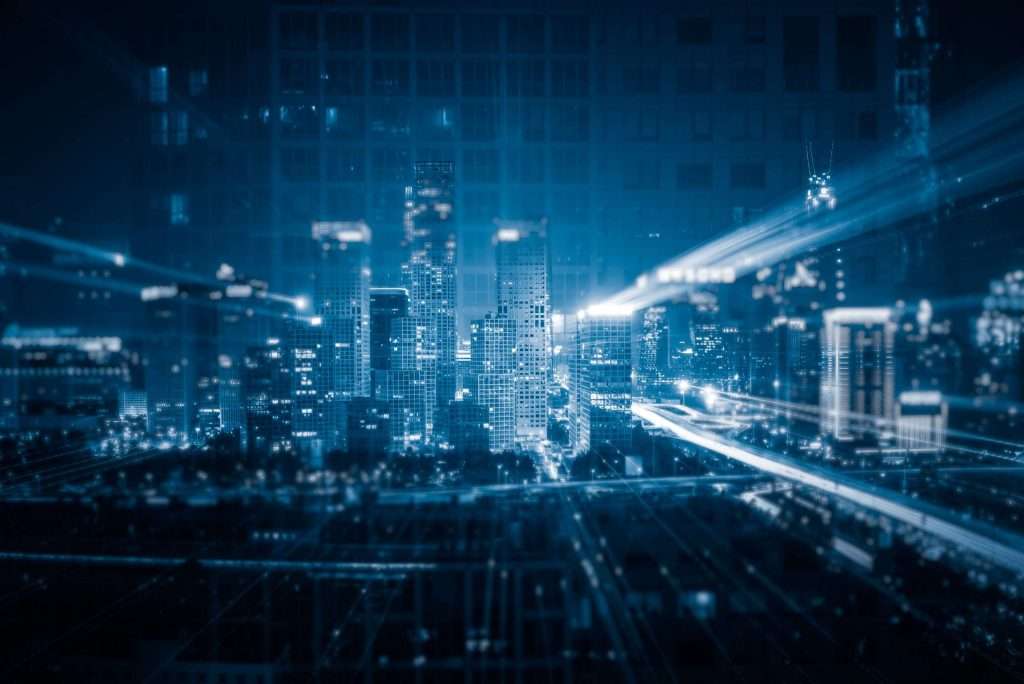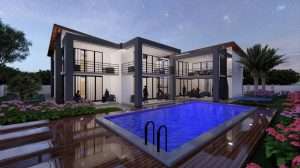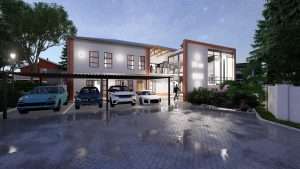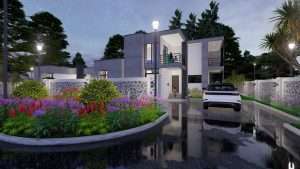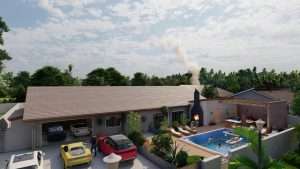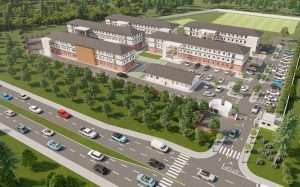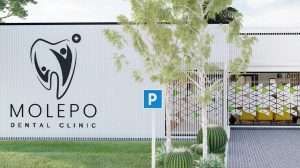Urban Design
the process of shaping and organizing the physical, social, and cultural environments of cities, towns, and other urban areas. It involves the planning and design of streets, parks, buildings, public spaces, and the overall infrastructure to create functional, aesthetically pleasing, and sustainable urban environments. Urban design seeks to balance the needs of people, nature, and the built environment, and it often addresses concerns such as transportation, accessibility, public safety, and environmental sustainability.

Key Aspects of Urban Design
Public Spaces and Plazas
Designing accessible, functional, and aesthetically pleasing public spaces such as parks, plazas, and squares that foster social interaction, recreation, and community events.
Street and Traffic Planning
Creating an efficient and safe street network that accommodates various modes of transportation (cars, cyclists, pedestrians) while optimizing traffic flow and ensuring safety.
Environmental Considerations
Incorporating green spaces, energy-efficient buildings, eco-friendly transportation options, and water management systems to create a sustainable urban environment that reduces environmental impact.
Mixed-Use Development
Encouraging developments that integrate residential, commercial, cultural, and recreational spaces in close proximity to promote vibrant, walkable neighborhoods, reduce commute times, and foster community interaction.
Building and Architectural Design
The architecture of buildings and structures within a city is a critical aspect of urban design. It contributes to the aesthetic appeal of a city, as well as to its functionality. Urban designers work closely with architects to ensure that new buildings complement the existing environment, enhance the urban landscape, and meet the needs of the community.
Smart Cities and Technology
Urban design increasingly incorporates technology to enhance the efficiency and livability of cities. Smart city initiatives use data, sensors, and IoT (Internet of Things) technologies to optimize traffic flow, energy usage, waste management, and public safety, improving the overall quality of urban life.

